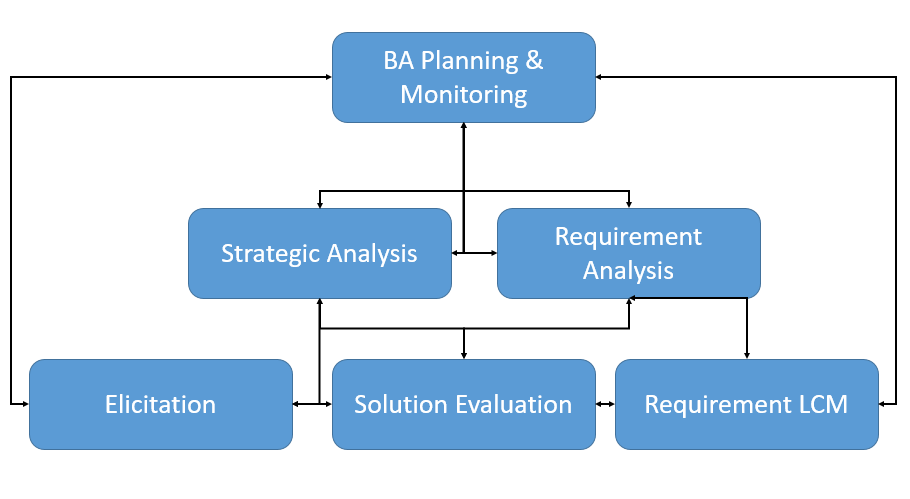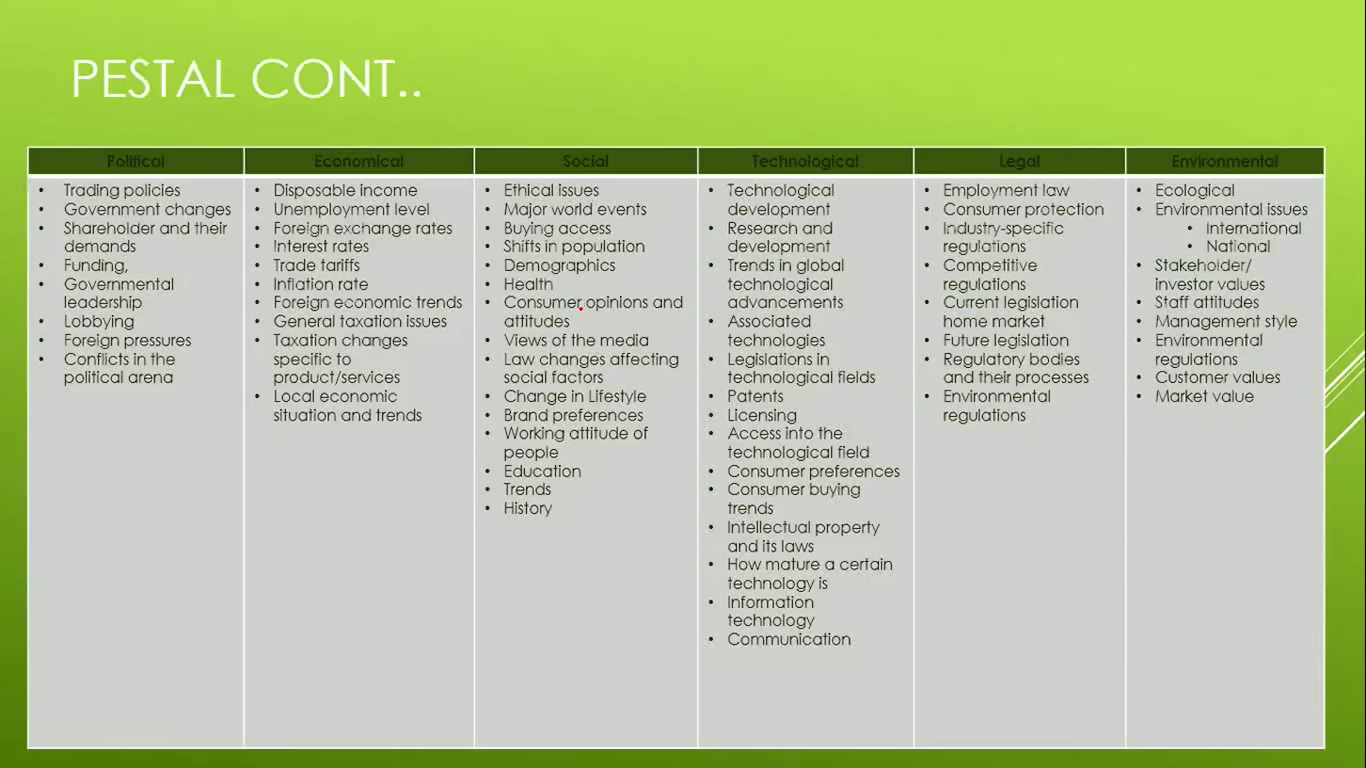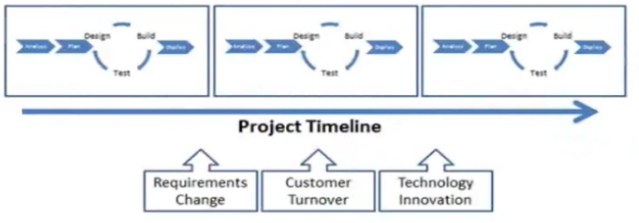Seven letter word that shapes us
Success A seven letter word which the world has been chasing since they learned its meaning. We receive so much of messages defining its various meanings various full forms and multiple videos on YouTube and other information sites just to help you learn a very simple rule of it “Never lose confidence in yourself”. But to achieve that seven letter word or to be a dream maker an entrepreneur or to be on front page of a book / magazine or a newspaper is what everyone among us want to be somewhere deep inside us. We want to be famous for what we are and how we are but do you know hardly 8% of people achieve success while rest 92% are the reason they been there. So it’s simple those 8% people choose to take risk, help you manage what they seek from life, teach you skills to build their dreams. But to achieve Success you need to run by certain set of rules. There are various rules and ways of achieving it but I would go by the most needed and common of every rule I have heard from spee...




